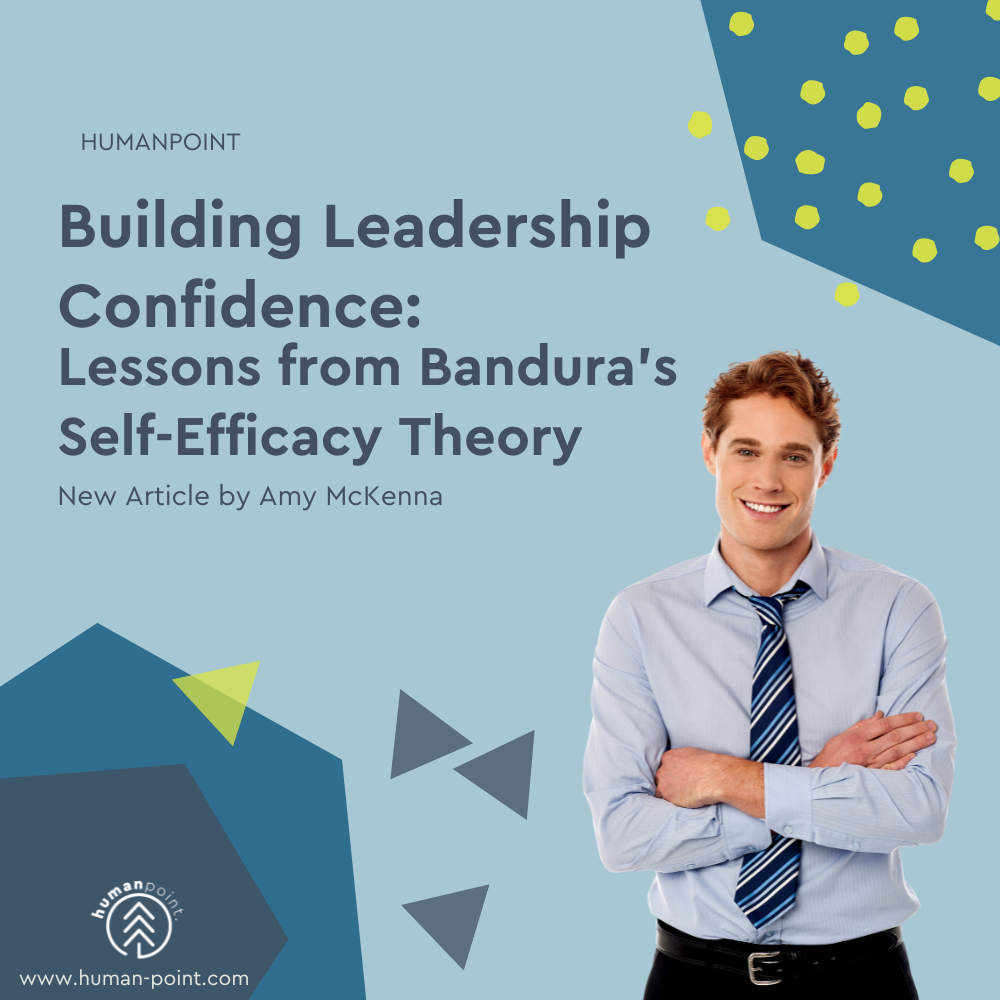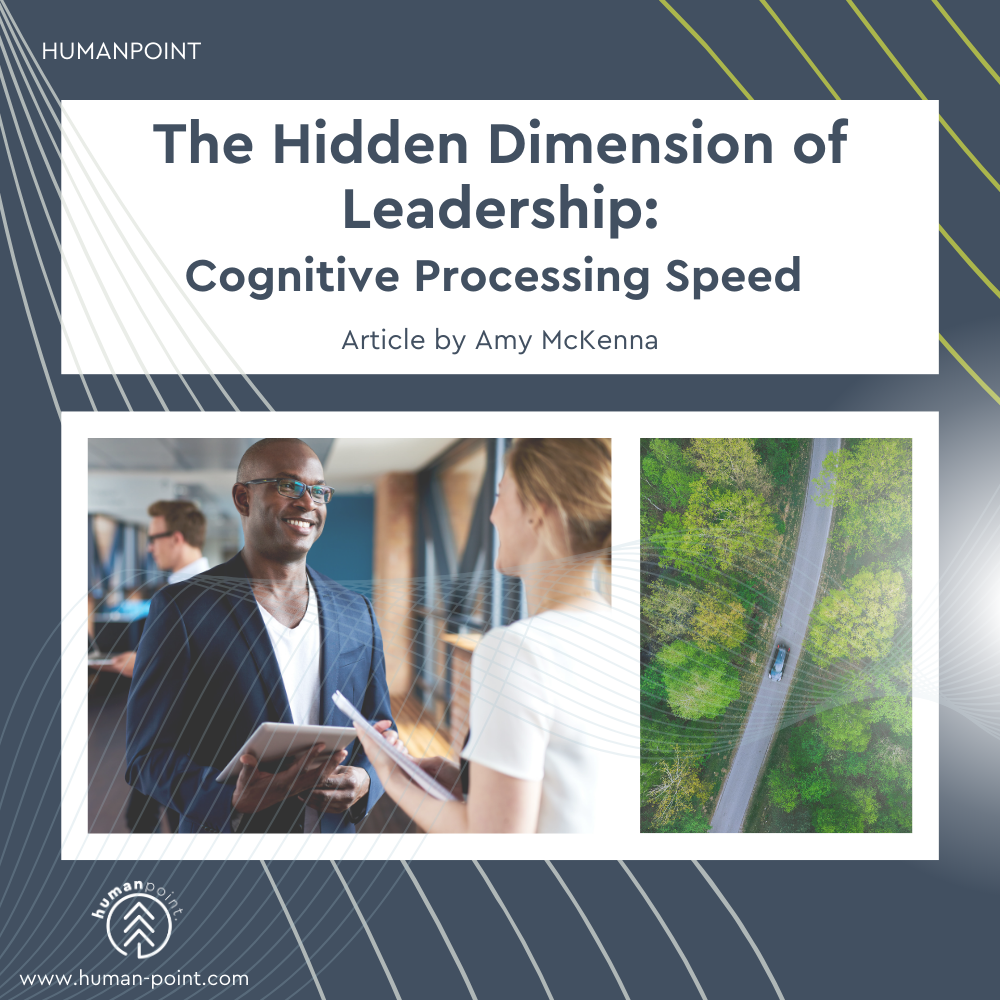One of the greatest insights from my work as an executive coach is understanding that even highly successful leaders sometimes struggle with confidence. CEOs have privately shared feelings of being impostors, doubting their ability to succeed, or fearing they’ll be exposed as frauds.
These feelings are not a sign of weakness but a natural part of leadership growth, especially when taking on new roles, leading significant organizational changes, or recovering from setbacks.
The Power of Self-Efficacy in Leadership
Albert Bandura’s groundbreaking work on self-efficacy offers a transformative framework for understanding leadership confidence. Self-efficacy—our belief in our ability to succeed in specific situations—doesn’t just influence our emotions; it fundamentally changes how we act, persevere, and ultimately perform.
Four Channels of Self-Efficacy Development
Mastery Experiences: Successfully navigating leadership challenges builds confidence for future endeavors. This explains why confidence naturally fluctuates when entering unfamiliar territories—we haven’t yet accumulated mastery in that specific domain.
Vicarious Experiences: Observing other leaders successfully manage similar situations strengthens our belief in our own capabilities. This underscores the immense value of mentorship and leadership communities.
Social Persuasion: When trusted colleagues or mentors express confidence in our abilities, it helps counteract self-doubt. This highlights the critical importance of cultivating a supportive professional network.
Physiological and Emotional States: Our interpretation of physical sensations—whether we perceive nervousness as anxiety or excitement—significantly impacts our confidence levels.
Grounding in Core Identity
When confidence wavers, a powerful technique is anchoring ourselves in our core identity through self-affirmation. After challenging moments, remind yourself of your fundamental values. Avoid tying self-worth to external reactions or work outcomes, which naturally fluctuate.
Instead, ground your sense of self in:
- How you treat people
- Living your core values
- Serving others
- Maintaining personal integrity
Understanding the Confidence Gap
Stretching beyond our comfort zone naturally introduces confidence dips. Think of it like learning a new driving route: initially, it demands intense focus, unlike familiar paths we navigate effortlessly. With time and repetition, new challenges become second nature, and confidence grows.
Recognizing that temporary confidence gaps are normal when facing new challenges helps diminish their psychological impact. When we expect and accept these feelings, they lose their power over us.
Self-Affirmation as a Leadership Strategy
During moments of uncertainty, self-affirmation becomes a crucial leadership tool. Simple prompts like “I am a confident leader” or “What would a confident leader do?” can help move through hesitation decisively.
This practice directly enhances self-efficacy by reshaping how we perceive ourselves and our capabilities. By affirming our identity as confident leaders, we’re more likely to take actions aligned with that self-perception.
Confidence During Organizational Change
Leading significant organizational transformations demands projecting strong confidence, even when internal uncertainties might suggest otherwise. During periods of change, when established routines no longer apply, leaders must inspire trust through unwavering direction.
Ironically, these moments of maximum organizational stress are precisely when leaders might feel most inclined to retreat or avoid difficult conversations.
Building Confidence Through Deliberate Action
Leadership confidence is developed through resilience and continuous action. Paradoxically, we build confidence by leading effectively, even when we don’t feel entirely confident.
This approach perfectly embodies Bandura’s concept of mastery experiences—the most potent source of self-efficacy. By persistently navigating challenging leadership situations, we accumulate tangible evidence of our capabilities, gradually constructing a robust leadership confidence that can withstand future challenges.
Conclusion
Remember that experiencing confidence fluctuations is universal, even among the most accomplished leaders. By understanding the mechanisms of self-efficacy and embracing practices that strengthen it, we can develop the resilient leadership confidence needed to guide our organizations through change and uncertainty.
The most successful leaders aren’t those who never experience uncertainty, but those who have learned to navigate and leverage it effectively.



